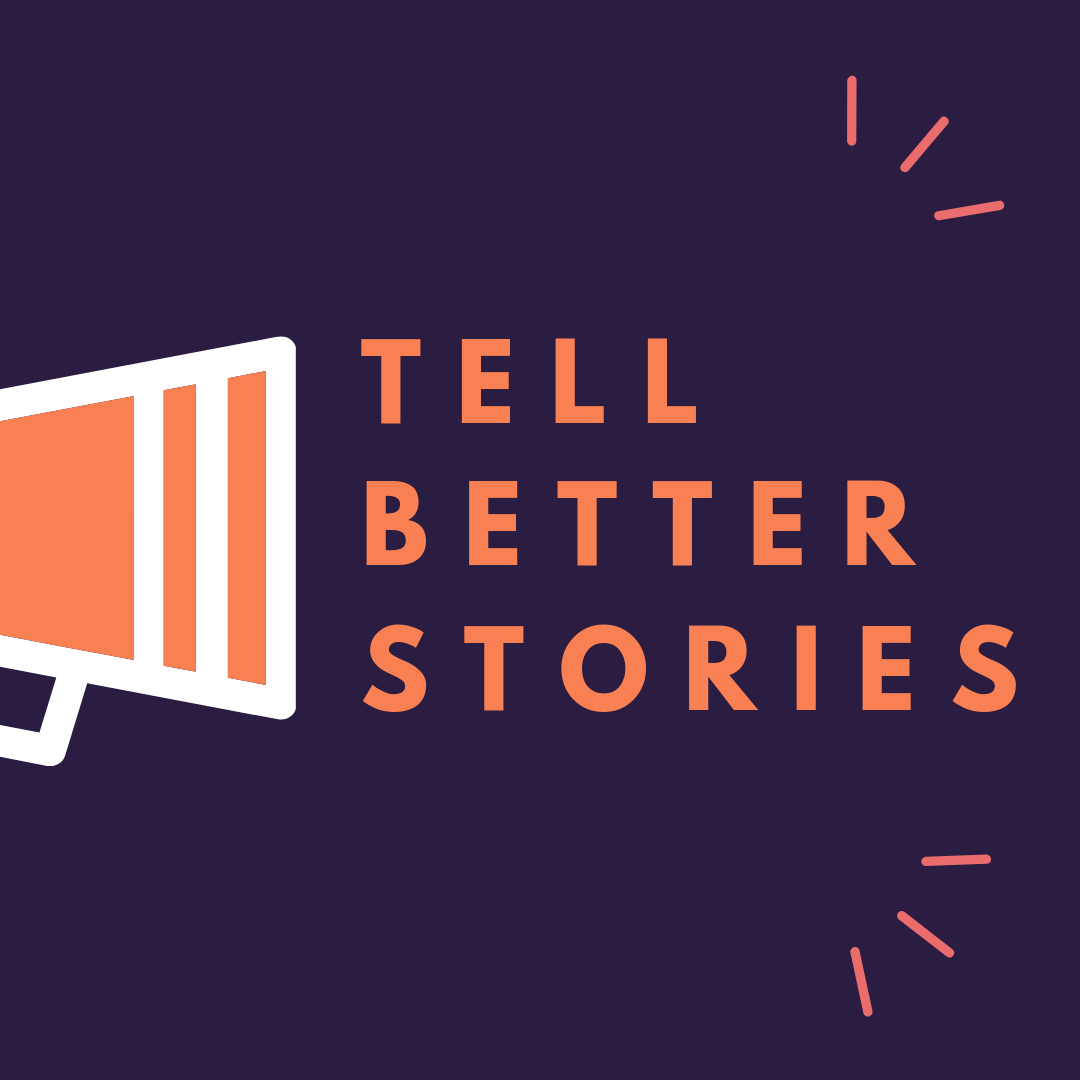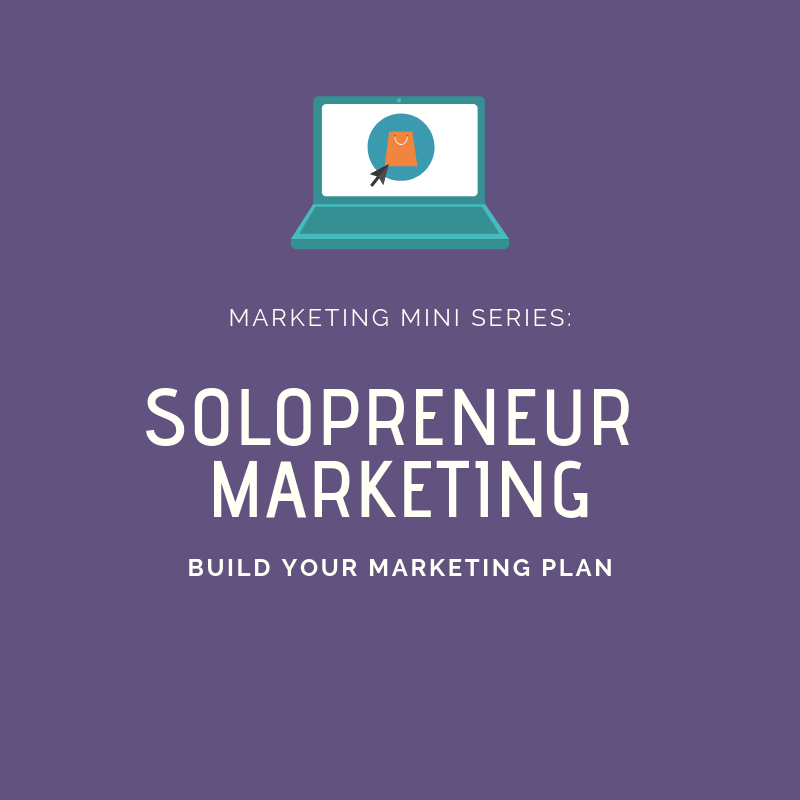Whether you like it or not, if you’re building a business, you need to be paying attention to marketing automation and marketing technology. Maybe not you specifically but definitely someone on your team needs to be paying attention, that’s for sure.
Why?
Because marketing, branding and sales (all slightly different things) rely on your ability to talk to the people you’re trying to serve in a way that gets and keeps their attention. In as common sense a way as possible, how can you expect your future customers to find you if you aren’t doing anything to signal where you are - both online and in real life. Oh, and posting one blog post every few months hoping that people will just magically find you and fall in love with you is not going to work. Trust me, I know that from painful personal blog writing experiences.
In this post I’m going to break down marketing automation so that it’s as free (or as cheap) and as effective as possible. The biggest variable here will be your creative. I’m going to show you some awesome tools, tools that I use on a regular basis, but how effective they work for you totally depends on how well you know the people you’re trying to talk to. By the end of this post I’ll make you a marketing efficiency machine but you’re in charge of what goes out to the people you hope to serve. There’s a bright side here though when (not if) you miss the mark, you’ll have lots of great data to think about and use for better calibrating and creative in the future.
Let’s start by defining marketing automation.
Marketing automation is a big blanket term that covers any software that can help you do a bunch of marketing related activities systematically and consistently. You should not be afraid of it! Remember, marketing at its core is a conversation. As a business owner, it's your job to do the best you can to engage with the people who you believe could benefit the most from consuming your products or services. Technology that helps you get in front of those potential people as often and in as relevant a way as possible is a good thing. I mean, some of the easiest things to do are to use the phone you carry around with you every day to record some video, pictures, and audio to create content that will entertain or inform and to post that wherever your audience hangs out online.
That's literally marketing automation. You making something and then taking advantage of a platform to distribute your message.
Now on to everyone’s favorite part, the tools of the trade. For marketing technologies, I would advise that you think about them in a few buckets. Social, Sales Funnel/Conversion Optimization, Email Management, Automation/CRM and Analytics. I’m going to give my recommendations on some of the platforms I use and recommend as well as how they fit into the bigger marketing picture.
Social
Aside from the principal sites that your accounts live on I really like Buffer as tool to help manage, monitor, and pre-plan posts. When you preload your social in big batches it helps you craft better stories over periods of time. Then on the daily the time you'd spend in social can be better spent actually engaging with real people. Buffer has a really usable free option and if you jump to their monthly plan it gets even better.
Sales Funnel/Conversion Optimization
I really like and recommend ConvertKit. This one costs about $35 a month but you'll get a ton. You can build custom opt-in campaigns, set up entire email funnels, and even build stand-alone landing pages. They also have some really good A/B testing functionality so you can test the copy and marketing language you want to use constantly to really hone in on who you want to talk to and why they should care.
Email Marketing
ConvertKit fits here but it MailChimp has a really good free suite too. You can collect emails, offer freebies to download and also build email funnels/campaigns that will drip over time. They have great analytics and sorting too.
Automation/CRM
I love Hubspot. I have been using them for years and recommend their free suite to everyone. It's awesome to be able to see when people open emails, keep track of contacts/deals and they have a really robust marketing platform as well. If you upgrade to a paid version you get access to more customization, dashboards, and a bit more marketing functionality.
Analytics
I go back to the basics here and stick to the tried and true Google Analytics. Great data all around. A bit of a learning curve but once you get the hang of it you can really drill down into the behavior of your audience and use that data to craft better experiences for your web visitors in the future.
After you’ve gone and done all your signing up you’ll probably be asking yourself, now what? Or maybe even thinking that you should be finding someone else to manage this stuff. That’s a totally normal response. Before you run off to find an intern or virtual assistant to help I want to encourage you to keep it simple and to remember that it’s all about the creative. The best part is that you can create a piece of content, like a long form blog post, once and then use all these channels to distribute in ways that best suit each platforms audiences. My goal, and rule of thumb, is to try to get six or seven bits of micro content out of every larger piece of content like a blog post.
The last bit of the marketing technology I want to cover is talking about personalized marketing. If you thought that marketing automation was fun then personalized marketing is going to be even better, it’s probably the most fun you can have online interacting with people right now.
Why?
Because you’re getting to scale interactions with you in real time!
Personalized marketing is using tools like Bonjoro (personalized video message service) to create personalized videos that you can deliver right to people's inboxes that let people know they aren't just one of the thousands of emails on a list. Since the barriers to marketing automation are super low, going the extra mile and giving your prospects and potential customers real access to you is huge. Bonjoro is a paid service but even going Live on Facebook, Instagram, or even on a Zoom call gives people the opportunity to interact with you at scale in a more personalized way. The best piece of advice I can give here is to create a live show on whatever platform you like (Facebook would be a great place to start) and then show up every week at the same time. Create a place where people can expect to interact with you and where they can go when they miss you to see you interacting with a live audience, offering value, in real time.
Lots of stuff here lots of stuff.
My recommendation is to just start. Telling your story is a process that’s going to evolve over time. Sure, I really like the stuff I recommended but if starting with all of them is intimidating don’t worry about it. Use the resources I’ve listed as a starting point and stop worrying about the technology barriers or the quality of your production. The more content you create the more feedback you’ll get from your audiences about how they like to be communicated with. On top of that people are very forgiving when it comes to video, less when it comes to audio so make sure you have the best sound you can. But just create stuff, give people something to consume and they'll keep coming back. I see so many business owners never get off the starting line because they are worried about their copy, a filter for an Instagram post, or that they don't feel like they have the right budget.
You don't need to worry about any of that to start interacting with people online.




